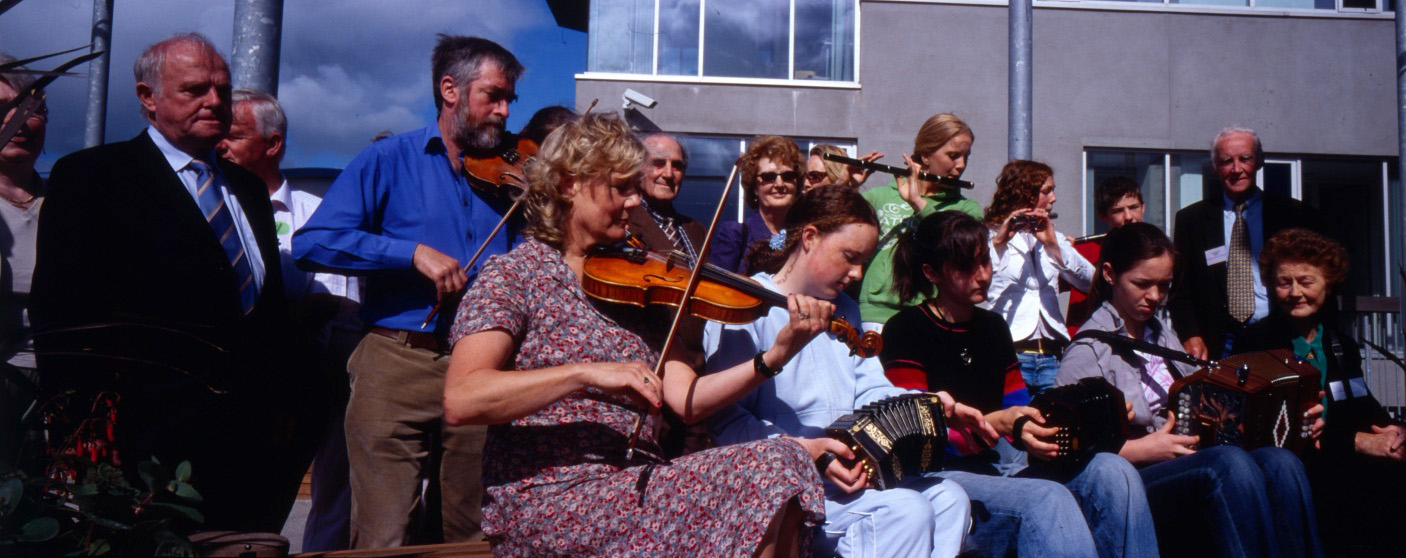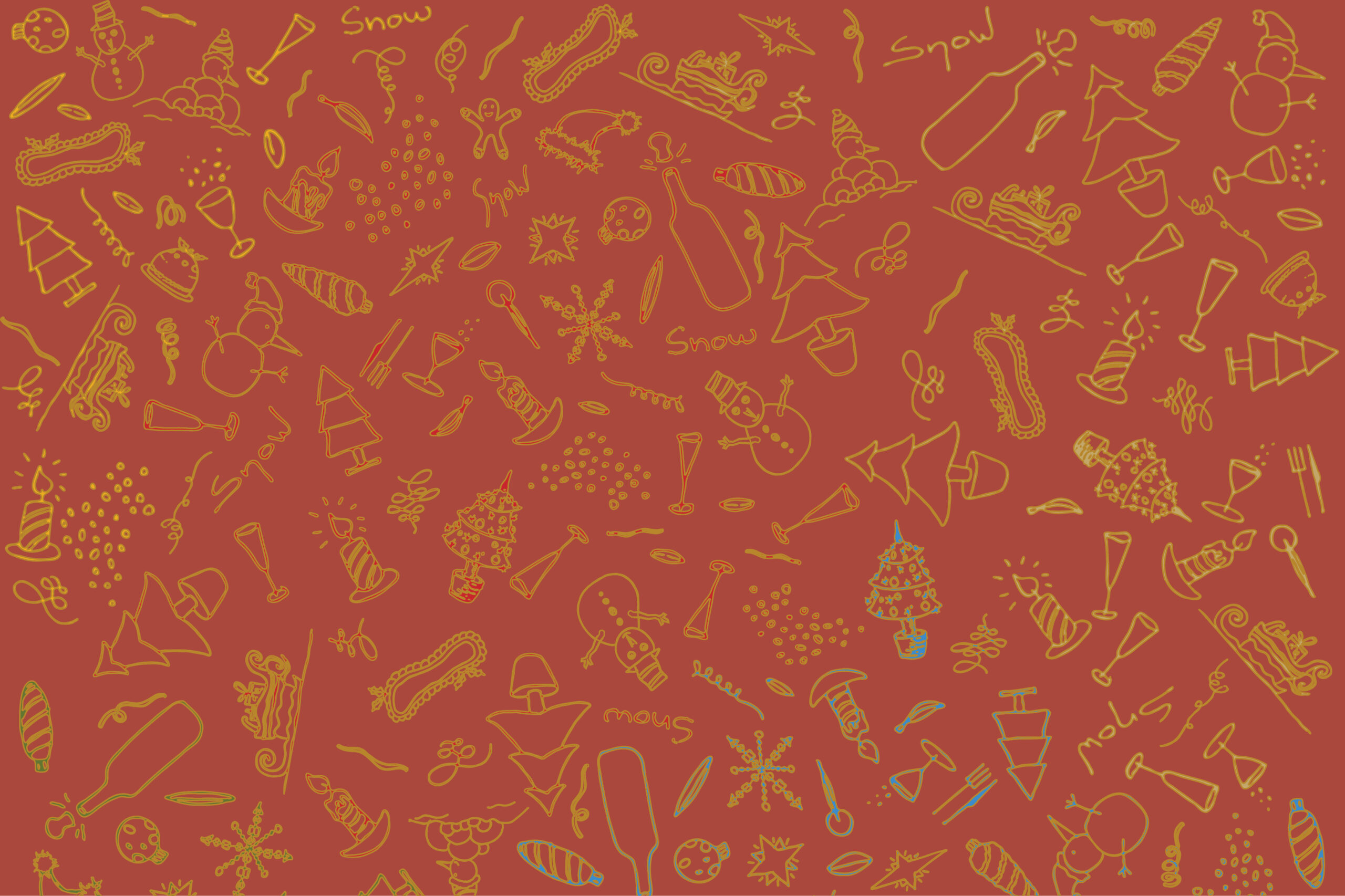Classes
Our team of 21 teachers deliver over 75 music and singing classes every week, with additional grúpaí ceoil and céilí band classes to encourage group playing and participation at County, Provincial and All Ireland Fleadhanna
Classes
Classes are 30 minutes in duration,
the first class starts at 6pm.
Registration for classes commences
at Easter.
Fees
Singing and Tin Whistle:
€300 per annum
All other instruments: €350 per annum
There is no charge for Grúpaí cheoil classes.
Fees can be paid by bank transfer in September and January. Please see registration form for Bank details.
Instruments
Known as the Tin Whistle, this is an inexpensive wind instrument ideal for young students to start their musical journey with. It is one of the most popular instruments in the music today – suitable both as an introduction to music for beginners and for playing the most sophisticated airs and dance music.
‘Flute’ in traditional Irish music refers to the wooden concert flute which like the tin whistle is a wind instrument and has similar fingering and learning methods. Ireland’s tradition of flute playing has its origins in the Fife, Flute and Drum marching bands of the 19th century. Old wooden flutes are still available and today there are many excellent makers of new flutes suitable to both the beginner and the more experienced flute player.
In the Irish tradition, the fiddle, a stringed instrument means the standard orchestral violin, which is the most popular instrument in traditional Irish dance music. Played with a bow, the fiddle comes in a number of sizes including half, three quarters and full size.
Very popular in Irish music, this is a bellows operated free-reed instrument, with both melody notes and accompaniment potential. There are two types; the button accordion which generates a different note on push and pull and the piano accordion with the same note values as the piano.
Typically hexagon in shape, the concertina is a bellows driven, button operated, free-reed instrument, played with the fingers of both hands. Like the flute, old Anglo-German concertinas are available and also new fine quality instruments may be ordered from makers.
The banjo is a plucked, fretted four string instrument played with a plectrum. The preferred tuning is GDAE which like the fiddle and mandolin is the standard for Irish traditional banjo players.
The mandolin played in the Irish tradition is a small pear backed lute using four sets of double strings and a short fretted neck. The pioneering Irish maker was Joe Foley, a native of Ceantar Naithí Rathfarnham.
The Irish harp is a stringed instrument and made in various sizes to suit players of all abilities from beginners to advanced students. As the national symbol of Ireland the harp is imaged on Garda Caps, coin currency and Government communications – making Ireland the only country to have a musical instrument as its symbol.
Irish traditional music has a rich variety of song, much of which shares the same underlying stylistic features. Séan-Nós or in the ‘Old-Style’ is a style of developed over the centuries in Irish-speaking Ireland and is suitable for all ages and singing abilities. Down through the years, the Séan-Nós style of singing has never been broken, and as such is as modern as it is old passing from generation to generation, hence the term ‘traditional’ and is the traditional way of singing in Ireland.






